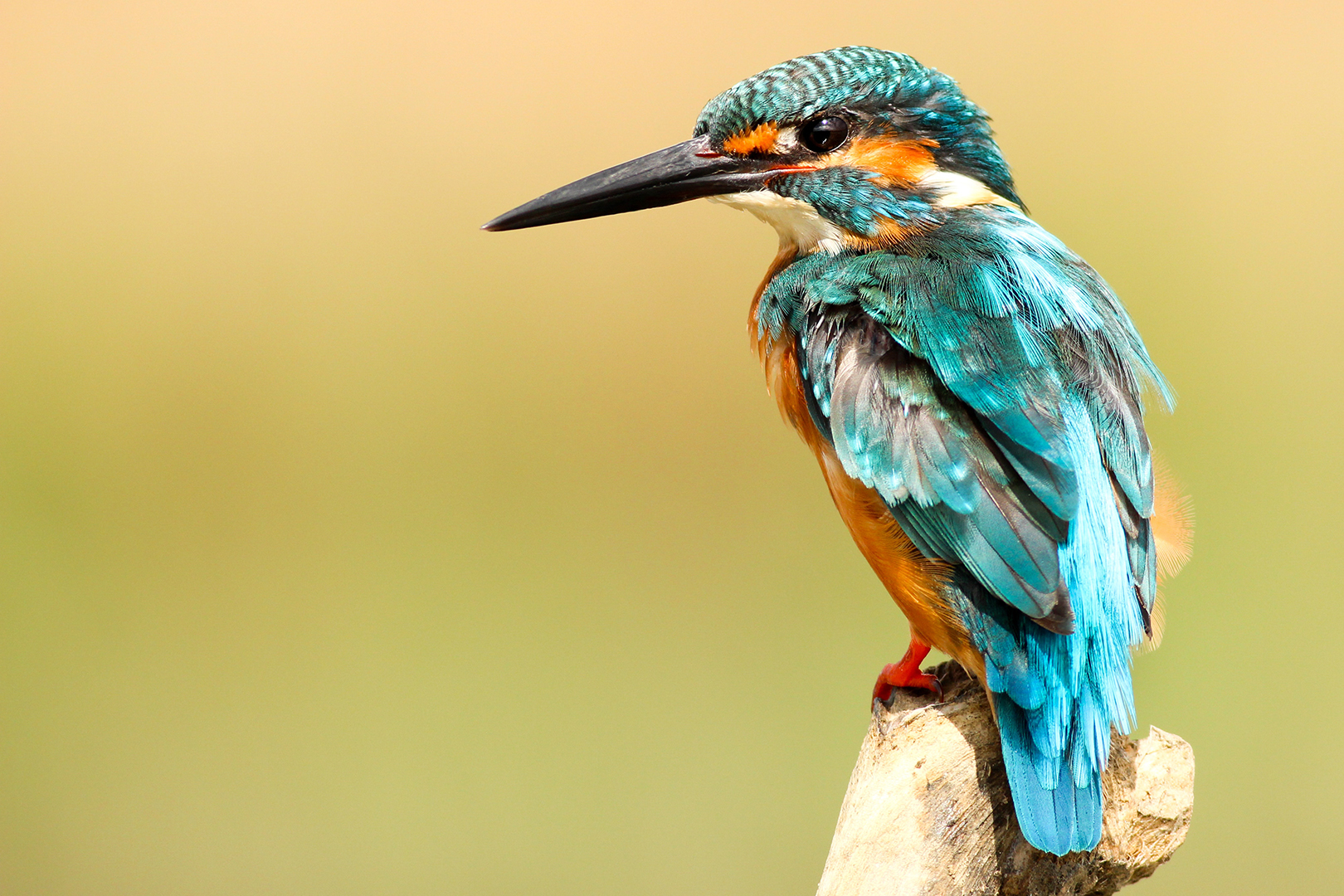Ok, so here are the basics of depth of field. Fundamentally, depth of field is focusing on one specific element in your field of view and by adjusting the aperture setting on your lens determining what else will be in focus.
So let's talk about one of the most recurrent terms you'll ever hear in photography. When it comes to Depth of Field, we can establish two basic types, Wide and Shallow.
In its simplest form, a wide depth of field ensures that the main highlight of your photographs like sunsets or group shots of people are sharp across the whole of your image.
On the other hand, a shallow depth of field lets you draw the viewer’s eye into specific parts of the image, creating a visible distance between the subject and the rest of the otherwise flat, two-dimensional photograph.
So let's take a look at why is it important to know about the basics of depth of field and how do you go about implementing it into your photography?
Wide Depth of Field

Wide depth of field is useful when you think that your subject's context is important for the message that you are trying to convey in a photograph. For example, if you are into street photography like me, you'll eventually find yourself doing a lot of images with a wide depth of field.
In the basics of depth of field, with a wide depth of field, you are aiming for “deep focus”, where the foreground, background and everywhere else in the frame is all in focus and sharp. This means that even though the elements of a scene are at different distances from your lens, they all remain in focus.
Note: An old film photography term called sunny 16 best sums up how you shoot a wide depth of field. The sunny 16 rule basically says if you’re outside on a sunny day, set your camera to f/16, your shutter speed to 1/125th and shoot, your photos should all appear well exposed and be sharp front to back.
This sounds cool, but not every image needs to have everything in focus, that's when shallow depth of field comes into play.
Shallow Depth of Field

Shallow depth of field is converse of wide depth of field in understanding the basics of depth of field. This occurs when we have an aperture value that limits our lenses to a more reduced range of distances.
With a shallow depth of field, you choose what you want to be in focus and by setting your lens aperture to wide open, a common term photographers use that refers to a lower f/ number on your lens, you create separation between the focused portion and the unfocused portion.
When your goal is shallow depth of field you want the longest and fastest lens (lowest f/stop) and your subject to be as close to the lens as possible while the background is as far away as possible.
Of course, this is where we go from the basics of depth of field to adding complexity. To move to the next level, take a look at the further resources below and Understanding Depth of Field, which is a great guide that helps you understand beyond the basics of depth of field. It is complex but it will lead you to better background blurs.
While it is tricky (I won't lie to you!), when I was starting to fall in love with photography, one of the most mind-blowing things that I experienced was shallow depth of field. Nowadays, I love wide depth of field, but I must say that even when I was shooting horrible pictures of pretty much anything with a blurred background, it was one of the most fun things to do with my camera.
Further Resources
- Depth of Field – A General Guide for Beginners by Jason Row
- The Cure for Flat Images: 4 Ways to Add Depth to Your Photos by Jason D Little
- Depth of Field Simplified by Kent DuFault







1 Comment
I prefer shallow depth of field of wildlife photography and broader depth of field for landscape photography